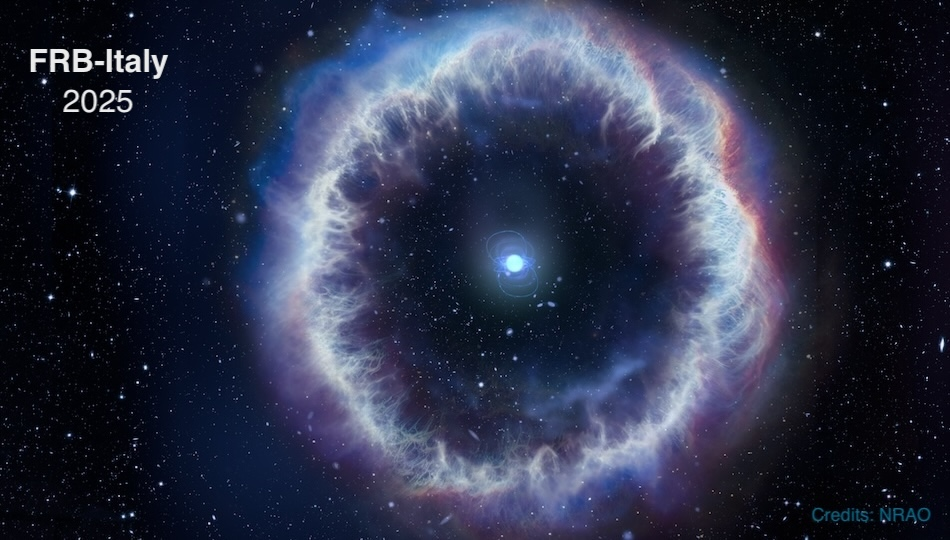Speaker
Description
One of the most surprising Gamma Ray Burst (GRB) features discovered with the Swift X-ray telescope (XRT) is a plateau phase in the early X-ray afterglow lightcurves. These plateaus are observed in the majority of long GRBs, while their incidence in short GRBs is still uncertain due to their fainter X-ray afterglow luminosity with respect to long GRBs. An accurate estimate of the fraction of short GRBs with plateaus is of utmost relevance given the implications on the jet structure and possibly on the nature of the binary neutron star (BNS) merger remnant. This work presents the results of an extensive data analysis of the largest and most up-to-date sample of short GRBs observed with the XRT, and for which the redshift has been measured. We found a plateau incidence of 18-37% in short GRBs, a fraction significantly lower than the one measured in long GRBs (>50%). Although still debated, the plateau phase could be explained as energy injection from the spin-down power of a newly born magnetized neutron star (magnetar). We show that this scenario can nicely reproduce the observed short GRB plateaus, while at the same time providing a natural explanation for the different plateau fractions between short and long GRBs. In particular, our findings may imply that only a minority of BNS mergers generating short GRBs leave behind a stable neutron star (NS) or a long-lived NS, long enough to form a plateau, constraining the maximum NS mass to be in the range ∼ 2.3 − 2.35 M⊙

